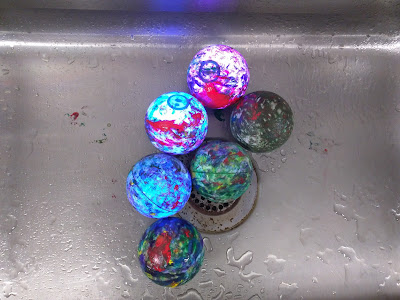Yesterday I was sucked into a discussion about homework on Twitter. My colleague John Walkup likes to challenge my thinking on things which I appreciate because it makes me reflect on my practice. In doing so, I found that I could no longer participate on twitter because I needed more characters. So here is a brief explanation of how homework went in my middle school math classroom:
- When the students entered my classroom, there was an activity for them to complete. (If the students are engaged, I can touch base with all of them).
- The "warm up" is based on THE ONE problem they had for homework the night before and is strategically chosen for it's learning value for all students.
- I ENCOURAGED the students to copy, cheat, and steal ideas from their group members as they communicate and collaborate and get their minds on math.
- As they worked, I "checked homework" by going to each group and checking in with EACH student.
- If a student did not have their work, their book, their notebook or other materials, I made eye contact and ask them why (with empathy). I had a coding system so I could keep track of each student's work patterns and level of understanding and look for work behavior patterns.
- I also made sure that I smiled genuinely at each student and acknowledged their successes or understood their anxiety, frustrations, and/or confusions.
- This formative check I did with EACH student in EACH class EVERYDAY also enabled me to make sure the students knew I was there to challenge and support their learning in a respectful collaborative environment.
- I allowed for 5-10 minutes at the beginning of class to accomplish this task and build relationships. It was the most valuable time of the day for establishing a foundation for trust and risk taking in a middle school math class.
I found that formatively assessing my students, providing a safe environment to make mistakes, learning from failure and building relationships were the driving forces behind all that happened in OUR math classes.
Oh and by the way, when students were able to let go of their math anxiety by "copying" or "cheating" or "stealing" from a classmate a few things resulted:
- their math anxiety decreased
- their confidence increased
- they took risks and began trying difficult problems on their own
- they asked more questions and sought help and support
- they increased their scores on unit assessments (which they could NOT "copy" or "cheat" or "steal" on.
Meaningful learning for all is my goal.
